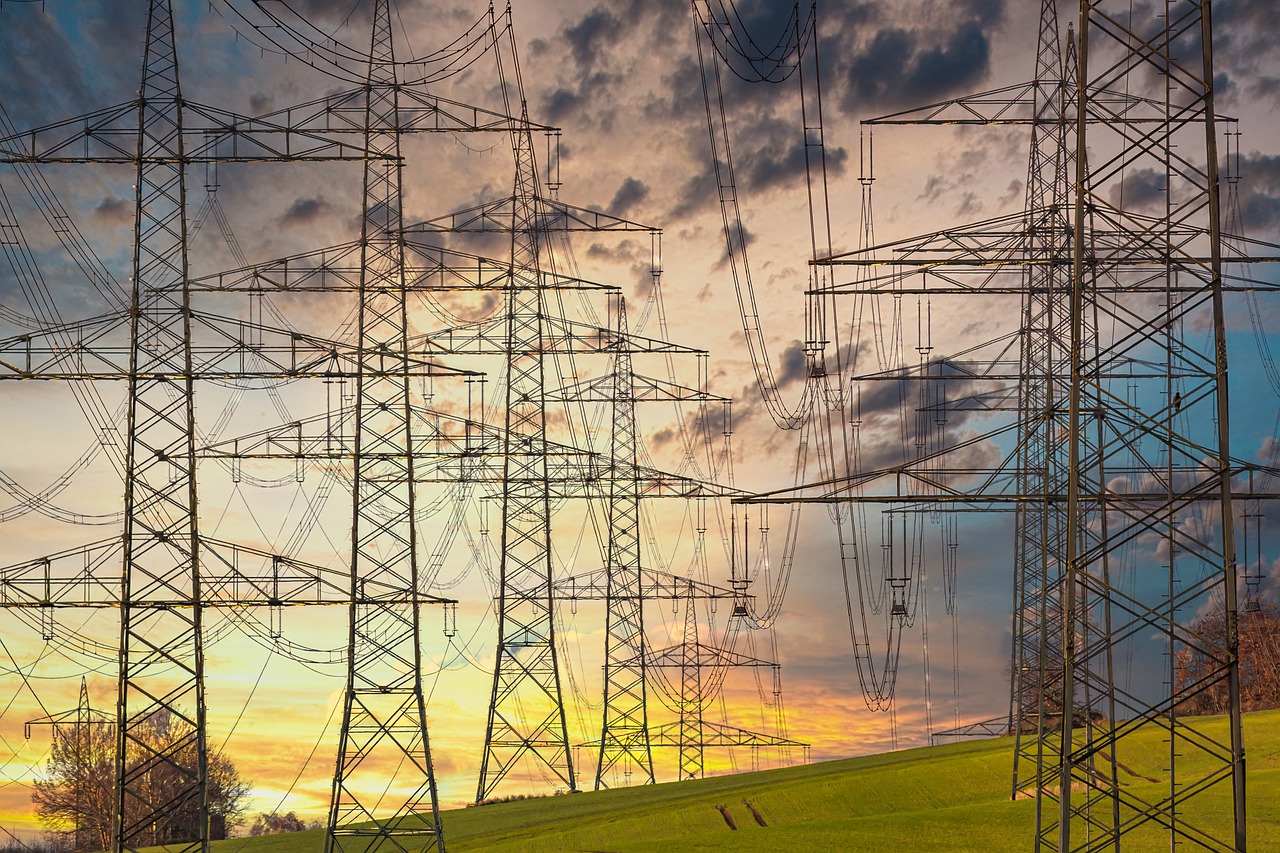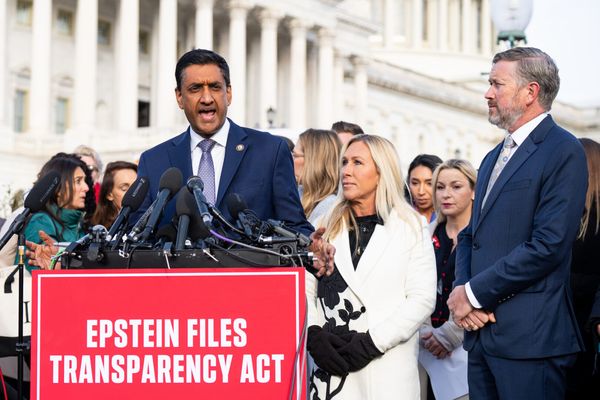
Let’s not beat around the bush here: We’re stuck in the middle of a cost-of-living crisis.
Everything is getting more expensive. And even though we’ve managed to keep inflation at or below 3% for quite a while now, one household cost that’s starting to get out of control is electricity.
The average residential electricity bill has surged by around 10% since January, easily outpacing inflation and causing serious worries for stretched billpayers. Almost three out of four Americans say they’re stressed about further price hikes on the horizon, and over half of billpayers don’t understand what’s driving prices.
So, what's pushing electricity prices up so high in 2025? And more importantly, when are power bills going to come back down? Let’s dive a bit deeper.
Why Are Electricity Bills So High?
Despite some regional variations, U.S. electricity bills are shooting up right across the board. Regulators have already approved a colossal $29 billion in rate hikes so far in 2025, and utility companies are still asking for more.
So, why do all of these electricity providers keep increasing rates? As you might expect, a lot of it centers on supply and demand.
America’s Power Grid Needs a Facelift
The biggest issue affecting your energy bills is infrastructure. America’s electrical grid is decades old in a lot of places, and it’s in desperate need of some upgrades to maintain adequate supply.
Extreme weather events are increasing in frequency across many parts of the country and putting a lot of stress on transmission systems. U.S. power plants are depreciating faster than anticipated, and analysts now estimate it'd cost up to $5 trillion to replace the entire grid.
Fortunately, there's some political will to get this done (sort of).
Last year, President Joe Biden’s administration pledged to kickstart $2.2 billion worth of improvements across 18 states, adding nearly 13 GW of capacity. The Department of Energy (DoE) has maintained this trajectory under President Donald Trump. It’s offering billions in grants and subsidies for utility providers keen to take on modernization efforts, and some upgrades have already started.
Better infrastructure should make transmission cheaper in the future. But for now, these upgrades are going to make your bills more expensive.
Although the DoE has agreed to help out a little bit, power companies are still spending billions trying to upgrade regional systems piece by piece. To keep shareholders from jumping ship, they're passing the cost of upgrades directly onto monthly rate payers.
Worst of all, these projects have multi-year pipelines and costs tend to spiral. Permitting delays, equipment shortages, and tariffs imposed by the Trump administration have slowed upgrade efforts in many parts of the country.
That means these expansion efforts aren’t going to come to fruition anytime soon. Instead, they’ll just continue to inflate your electricity bills.
Demand Has Ballooned
There are some amazing tech innovations disrupting daily life. Huge data centers, AI, and a steady rise in electric vehicle uptake have pushed demand for electricity higher than ever.
Earlier this year, the U.S. Energy Information Administration (EIA) issued a new consumption forecast warning it expects a 1.7% annual rise in demand over the next two years.
That doesn’t look like a huge rise at first glance. But zoom in for some extra context, and you’ll see that U.S. electricity consumption only increased by around 0.1% between 2005 and 2020. So that 1.7% rise is actually a dramatic shift.
Average temperatures have continued to climb, which will push up demand for cooling systems and heat pumps. A lot of these systems guzzle electricity, which will create further supply imbalances.
What Is the Trump Admin Saying About Power Bills?
Earlier this week, U.S. Energy Secretary Chris Wright told reporters that tackling soaring electricity prices was his top concern. So, what is the Trump administration actually doing to bring prices down?
Aside from the usual political blame game, there’s been a huge pivot in recent months away from clean energy.
The DoE has canceled offshore wind funding and pulled billions in green energy grants. The administration has also rewritten tax credits and torn apart energy-efficiency standards like ENERGY STAR.
Instead, it’s promoting a return to “big beautiful coal” and natural gas (NGV25) to fuel American power plants.
Over 4.3 GW of natural gas generation projects have now been started or are in pre-construction. That’s more than twice the amount of natural gas generation projects that were built last year — and developers are planning to bring four new power plants online to add a total of 18.7 GW by 2028.
These capacity increases should have the desired effect (eventually).
These projects will likely create a positive tailwind for billpayers when they come to fruition. Just remember that it’ll take years before the effects of this capacity increase start to shave down your energy bills. So in the meantime, billpayers don’t have a whole lot to look forward to.
When Will Power Bills Come Back Down?
This isn’t an answer families are going to want to hear. But no one’s expecting energy bills to come down in the short term — and by short term, we’re not talking about the next few months. We’re talking about the next three years.
Analysts are forecasting investments in America’s national grid to balloon energy bills right into 2030. These big infrastructure projects take a long time. Network upgrade costs will keep trickling down to rate payers until utility companies start to realize a profit on those investments.
And while production capacity is set to increase significantly over the next three years, the U.S. is simultaneously consolidating its reliance on natural gas as its primary source of electricity generation. There’s an inherent risk there, and it'll probably hurt prices in the short term.
The Trump administration and the DoE are keen to increase domestic production of natural gas throughout Trump’s second term, and this could push prices down a bit. But there are also geopolitical tensions and macroeconomic factors at play that'll likely drive prices right back up.
Based on everything that’s happened over the last five years, nobody expects a glorious return to the era of cheap gas anytime this decade.
Of course, there’s a bit of a ZIP code lottery here, too. Some energy customers might see regional variations in prices thanks to local energy mixes or regulatory changes. If you're lucky, that could work in your favor.
But generally speaking, most of us just need to adapt. Energy bills are going to keep outpacing inflation. All signs indicate this is going to be the new normal for the next three to five years. So, your best bet at reducing your bills is to focus on improving your own individual energy efficiency.







